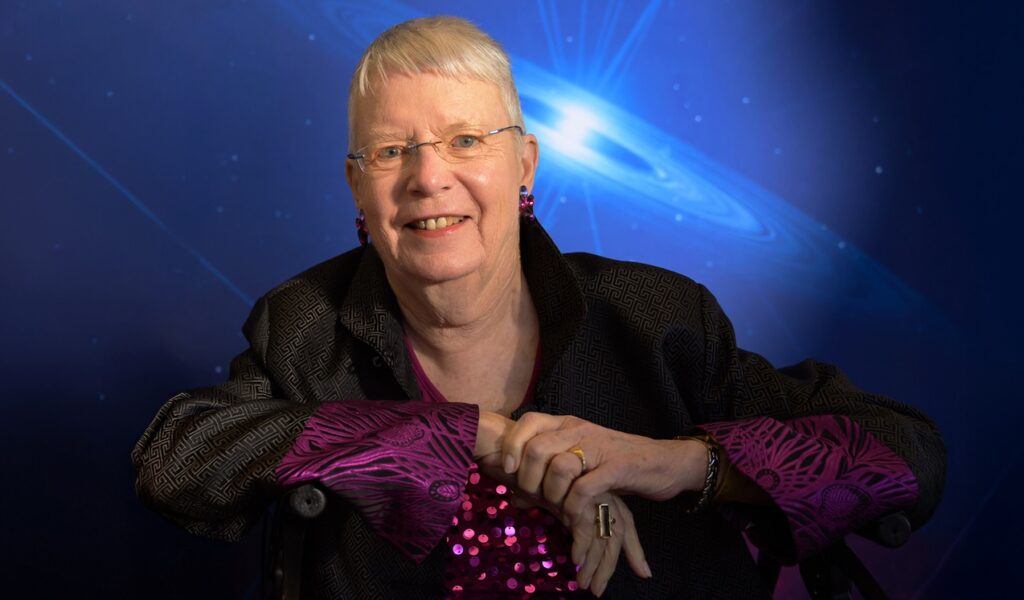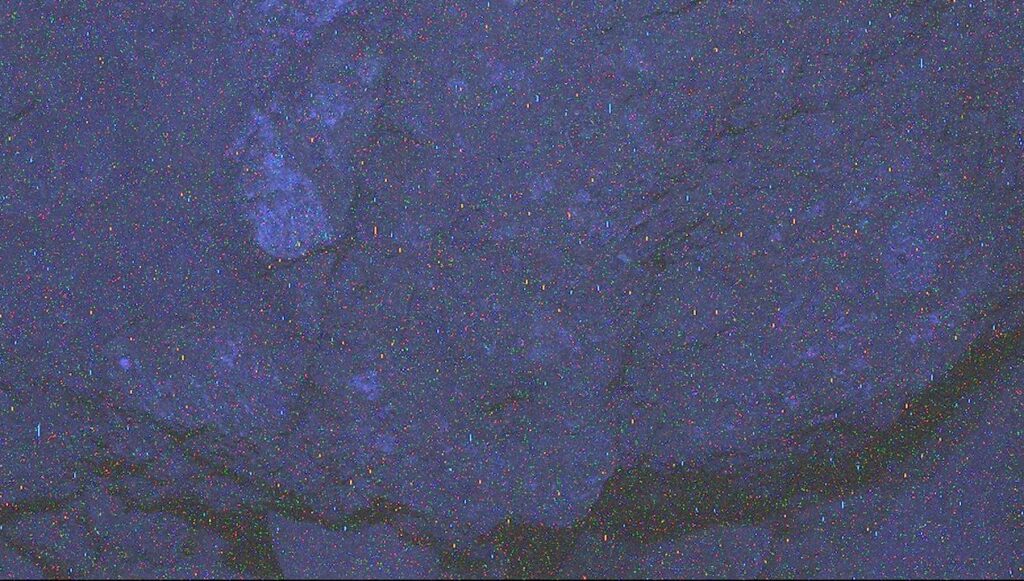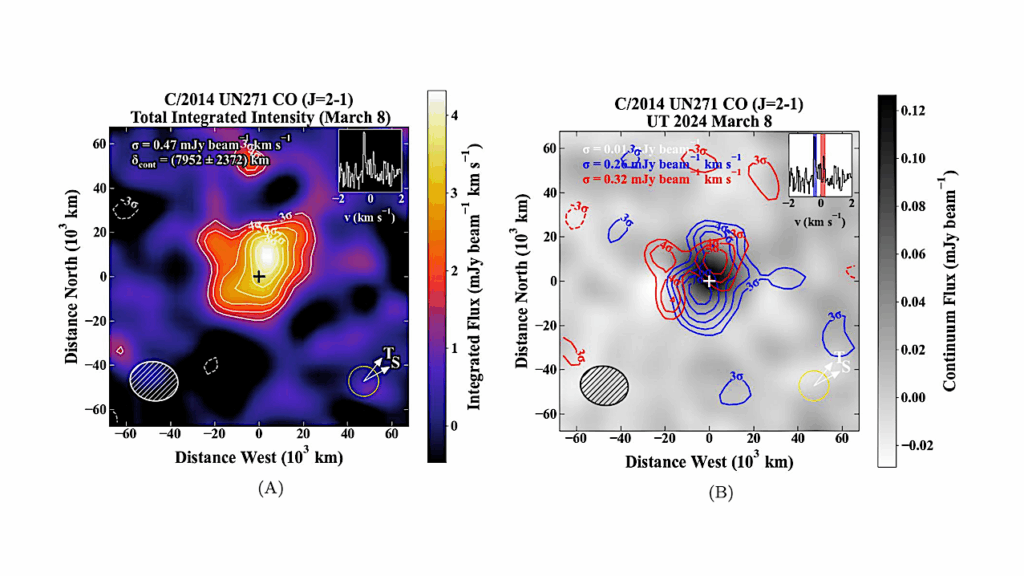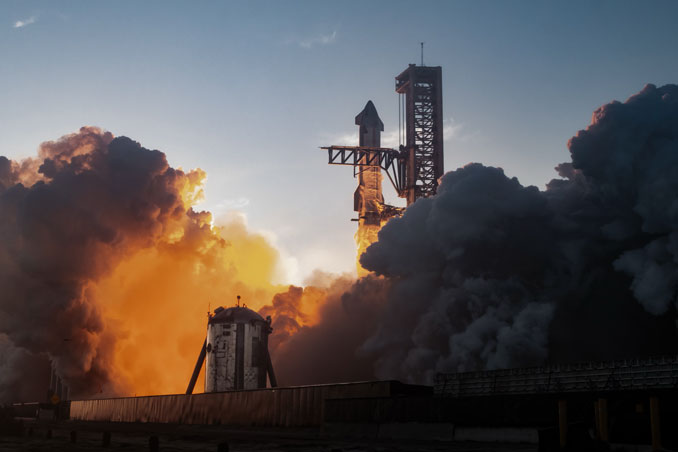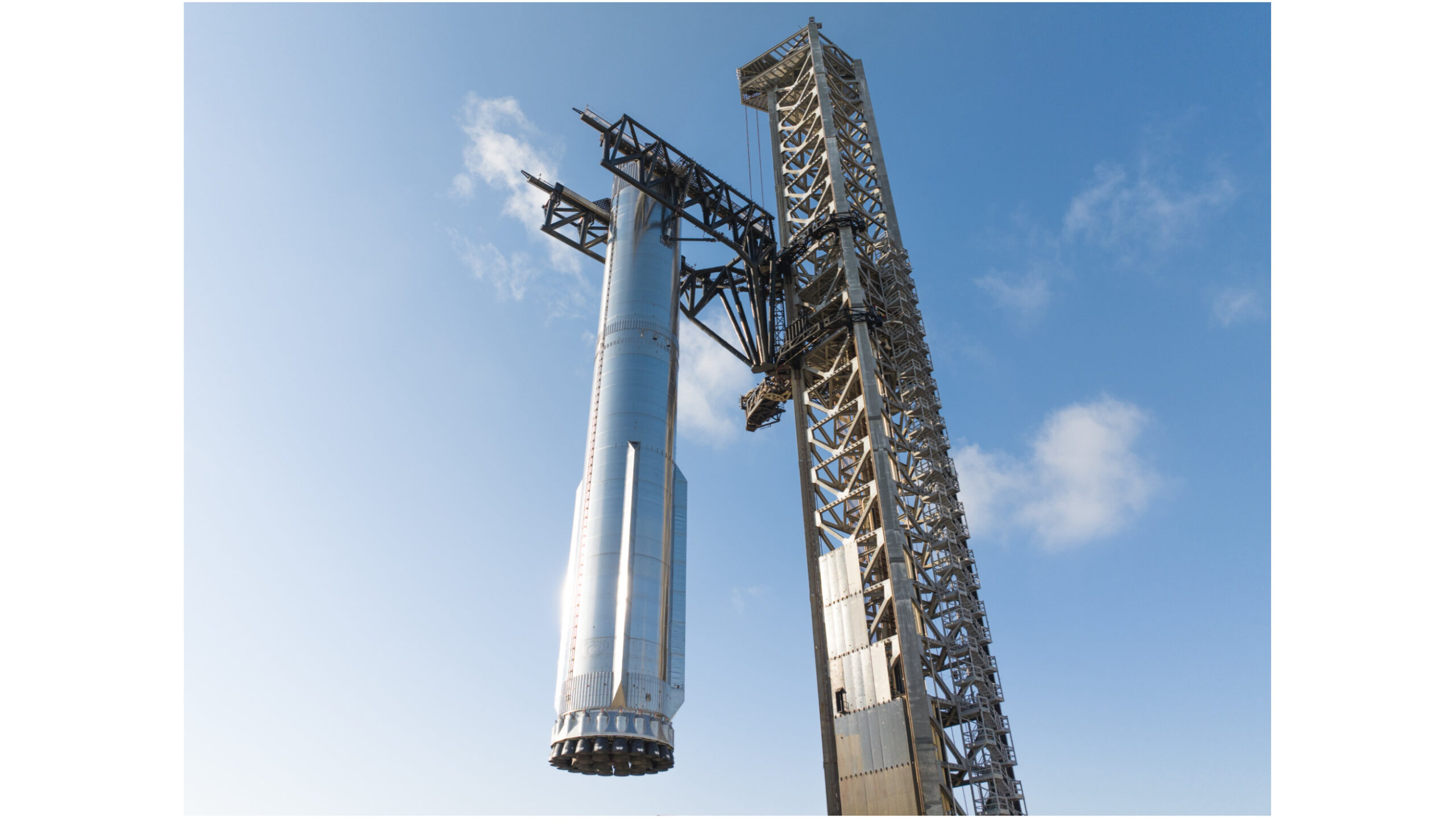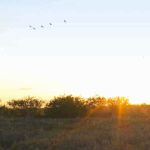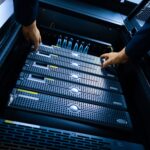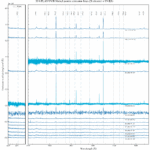Now Reading: NASA Spaceline Current Awareness List #1,162 15 August 2025 (Space Life Science Research Results)
-
01
NASA Spaceline Current Awareness List #1,162 15 August 2025 (Space Life Science Research Results)
NASA Spaceline Current Awareness List #1,162 15 August 2025 (Space Life Science Research Results)

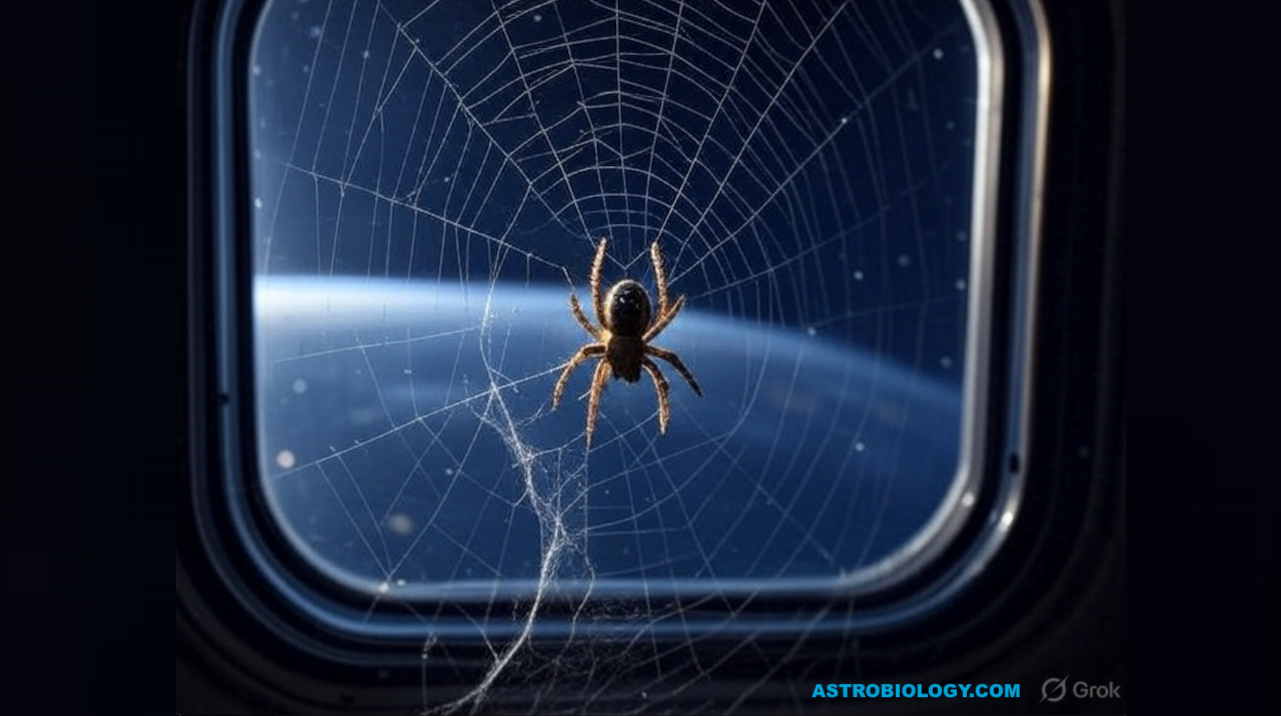
NASA Spaceline Current Awareness List — grok via Astrobiology.com
SPACELINE Current Awareness Lists are distributed via listserv and are available on the NASA Task Book website at https://taskbook.nasaprs.com/tbp/spaceline.cfm. Please send any correspondence or request to unsubscribe to Shawna Byrd, SPACELINE Current Awareness Senior Editor, [email protected].
Call for articles to cite in the weekly lists: Authors at NASA Centers and NASA PIs—do you have an article that has recently published or will publish in the upcoming weeks within a peer-reviewed journal and is in the scope of space life sciences? If so, send it our way! Send your article to the email address mentioned above. Articles received by Wednesday will appear within that week’s list—articles received after Wednesday will appear the following week.
Papers deriving from NASA support:
1
Patel KD, Elkhatib W, Dineen EH, Levine BD.
The effects of microgravity on the human cardiovascular system.
Curr Treat Options Cardiovasc Med. 2025 Jul 29;27:50. Review.
https://doi.org/10.1007/s11936-025-01099-x
PI: B.D. Levine
Note: From the abstract: “This article discusses the unique environmental effects of spaceflight on the human cardiovascular system and highlights studies that have guided the clinical care and countermeasure strategies employed for astronauts.”
Journal Impact Factor: 0.6
Funding: “Dr. Levine is supported by the National Aeronautics and Space Administration, grant number: 80NSSC20K0987.”
2
Tu C, Caudal A, Liu Y, Narayan SM, Wu JC.
Modeling heart rhythm using human engineered heart tissues.
Nat Protoc. 2025 Aug 1.
https://doi.org/10.1038/s41596-025-01217-w
PI: J.C. Wu
Note: From the abstract: “Here, we present a comprehensive workflow detailing the fabrication and maturation of human engineered heart tissue, assembly of the electrical pacing system, functional analysis using open-source software and preparation for proteomic and transcriptomic analyses.”
Journal Impact Factor: 16.0
Funding: “C.T. discloses support for the research described in this study from the American Heart Association (AHA) (grant no. 20POST35080175) and the National Institutes of Health (NIH) (grant no. K99 HL164962). A.C. discloses support for the publication of this study from the NIH (grant no. F32HL173968) and AHA (grant no. 908136). S.M.N. discloses support for the publication of this study from the NIH (grant no. R01 HL162260). J.C.W. discloses support for the publication of this study from the NIH (grant nos. R01 HL176822, R01 HL163680, R01 HL141851, R01 HL141371, R01 HL113006, R01 HL130020, and U01 AI183953) and the National Aeronautics and Space Administration (grant no. 80ARC022CA003).”
3
Blackmer JE, Jezuit EA, Chakraborty A, Yalamanchi SN, Montague RA, Dickert EE, Peterson NG, Outlaw W, Fox DT.
Synaptic vesicle glycoprotein 2 enables viable aneuploidy following centrosome amplification.
Genetics. 2025 Jul 31. Online ahead of print.
https://pubmed.ncbi.nlm.nih.gov/40744629
PI: D.T. Fox
Journal Impact Factor: 5.1
Funding: PI reports NASA grant #NNX16AO69A funding.
4
Li M, Lee JD.
Purpose outweighs performance: Trust drops more when AI teammates fail to cooperate, but explanations can repair it.
Int J Hum Comput Int. 2025 Aug 1;1-22. Online ahead of print.
https://doi.org/10.1080/10447318.2025.2539449
PI: J.D. Lee
Journal Impact Factor: 4.9
Funding: “This work was supported by NASA Human Research Program No.80NSSC19K0654.”
5
Apodaca B, Helgeson T, Atkins E, Stirling L.
In-orbit space structure inspection trajectory generation.
IEEE Robot Autom Lett. 2025 Sep;10(9):8810-7.
https://doi.org/10.1109/LRA.2025.3583621
PI: L. Stirling
Note: From the abstract: “Exterior International Space Station (ISS) visual inspection currently requires astronaut extravehicular activity (EVA), a safety risk. Free-flying space robots can perform visual inspection but risk station collision and high astronaut overhead for teleoperation. Existing inspection planners do not effectively co-optimize inspection coverage and energy consumption with consideration of both orbital dynamics and human supervisor situation awareness. This paper presents an inspection trajectory generation pipeline 1 that integrates orbital dynamics with robot coverage path planning methods to ensure collision avoidance and investigate situation awareness.”
Journal Impact Factor: 5.3
Funding: “This work was supported by the National Aeronautics and Space Administration (NASA) through Human Research Program Award under Grant 80NSSC20K0409.”
6
Quartaro A, Moser J, Cooper J, Komendera E.
Parametric modeling of deformable linear objects for robotic outfitting and maintenance of space systems.
Front Robot AI. 2025 Jul 28;12:1565837.
https://pubmed.ncbi.nlm.nih.gov/40799461
Note: This article is part of Research Topic “Innovative Robotics for Lunar Exploration and On-Orbit Servicing” (https://www.frontiersin.org/research-topics/64262/innovative-robotics-for-lunar-exploration-and-on-orbit-servicing) and may be obtained online without charge.
Journal Impact Factor: 3.0
Funding: “The author(s) declare that financial support was received for the research and/or publication of this article. This work was supported by a NASA Space Technology Graduate Research Opportunity fellowship (80NSSC21K1286).”
7
Forster S, Farhadi N, de Lima Lopes Filho PE, Piazza RD, Marques RFC, Tanaka JL, Scontri M, Dos Santos LS, Cai Y, Cao W, Guerra NB, Burd BS, Herculano RD, Li B.
Honey-loaded natural rubber dressing for treatment of atopic dermatitis: A physicochemical, antioxidant, in vitro and in vivo characterization.
Int J Biol Macromol. 2025 Aug 6:146642.
https://pubmed.ncbi.nlm.nih.gov/40780327
Journal Impact Factor: 8.5
Funding: “The authors declare the following financial interests/personal relationships which may be considered as potential competing interests: B. Li reports financial support was provided by California State University Northridge (CSUN) and Autonomy Research Center for STEAHM sponsored through the US NASA MUREP Institutional Research Opportunity (MIRO) program (Award Number 80NSSC19M0200). R. D. Herculano reports financial support was provided by São Paulo State University (UNESP) and State of Sao Paulo Research Foundation (FAPESP).”
8
Larson H, Stirling L.
Formalizing motion plan legibility using empirical manual takeover data in autonomous spacecraft docking.
IEEE T Hum-Mach Syst. 2025 Aug;55(4):619-28.
https://doi.org/10.1109/THMS.2025.3573243
PI: L. Stirling
Journal Impact Factor: 4.4
Funding: “This work was supported by the National Aeronautics and Space Administration through the Human Research Program Award under Grant 80NSSC20K0409.”
__________________________________________________
Other papers of interest:
1
Clément G, Deguine O.
Vestibular patients exhibit drawing and writing vertical compression similar to astronauts during spaceflight.
Eur Arch Otorhinolaryngol. 2025 Aug 13. Online ahead of print.
https://pubmed.ncbi.nlm.nih.gov/40802100
Note: From the abstract: “Twenty patients with otolith dysfunction were compared to eight astronauts tested before, during, and after six months of exposure to microgravity aboard the International Space Station. Participants were instructed to draw squares, circles, and crosses, and write words both horizontally and vertically. Patients performed the tasks using pen and paper, whereas astronauts completed them on a digital tablet in microgravity.”
2
Fomina EV, Senatorova NA, Romanov PV, Babich DR.
Modulation of human adaptation processes to weightlessness conditions by artificial reproduction of weight load effects in space.
Hum Physiol. 2025 Aug 5;51(3):284-93.
https://doi.org/10.1134/S0362119725700525
Note: From the abstract: “At present, the mechanisms of human adaptation to the action of weightlessness, which humans, as a biological species, have encountered only recently, continue to be intensively studied. Understanding the mechanisms of human adaptation to weightlessness allows us to propose ways of modulating this process with preservation of useful adaptive reactions against the background of suppression of negative syndromes characteristic of spaceflight and inhibition of mechanisms preventing favorable functioning of physiological systems after returning to the conditions of gravity. One of the integral components of the system of countermeasure of the negative influence of weightlessness is artificial reproduction of the effects of gravity, i.e., imitation of the impact on the human body of the weight load characteristic of Earth’s conditions. This article considers the role of artificial reproduction of the effects of the weight load corresponding in value to the weight of the human body before spaceflight.”
3
Hu M, Li W, Yin Q, Liu Y, Chen L, Ru Q, Xu G, Wu Y.
Blood flow restriction training in microgravity: A review of multisystem physiological benefits and implementation challenges for long-duration space missions.
npj Microgravity. 2025 Aug 7;11:53. Review.
https://pubmed.ncbi.nlm.nih.gov/40774988
Note: This article may be obtained online without charge.
4
McMahon G, Sanderson A, Degens H.
Isometric training at longer muscle-tendon complex lengths: A potential countermeasure to impaired neuro-muscle-tendon function during space travel.
Exp Physiol. 2025 Aug 10. Review. Online ahead of print.
https://pubmed.ncbi.nlm.nih.gov/40785192
Note: This article may be obtained online without charge.
5
Serova AV, Zhuravleva OA, Markin AA.
Iron metabolism in the human body on Earth and in space.
Hum Physiol. 2025 Aug 5;51(3):311-21.
https://doi.org/10.1134/S0362119725700513
6
Zu Eulenburg P, Petersen L, Bailey DM.
Watching the eye with Mars in sight.
Exp Physiol. 2025 Aug 10. Online ahead of print.
https://pubmed.ncbi.nlm.nih.gov/40785194
Note: This article may be obtained online without charge.
7
Kundu M, Fernandes RT, Sharma AK, Thaalibi HI, Wireko AA, Abdul-Rahman T.
Microgravity-induced alterations in the molecular and cellular characteristics of brain tumors: A systematic review.
Ann Med Surg (Lond). 2025 Aug;87(8):4982-7. Review.
https://pubmed.ncbi.nlm.nih.gov/40787566
Note: This article may be obtained online without charge.
8
Laflamme Y, Chassé E, Hughes L.
Blood flow restriction exercise during microgravity exposure in parabolic flight.
Exp Physiol. 2025 Aug 6. Online ahead of print.
https://pubmed.ncbi.nlm.nih.gov/40767296
Note: This article may be obtained online without charge.
9
Sanal Kumar VR, Radhakrishnan PK, Panchal D, Vinay D, Raj Y, Sharma R, Vohra Y, Rana S, Singh S.
In vitro evidence of bubble-induced acoustic softening and Sanal flow choking in cardiovascular decompression.
npj Microgravity. 2025 Aug 11;11:54.
https://doi.org/10.1038/s41526-025-00517-5
Note: This article may be obtained online without charge.
10
Proske U, Panzirsch M, Weber BM.
Gravity, thixotropy and human position sense.
J Physiol. 2025 Aug 10. Online ahead of print.
https://pubmed.ncbi.nlm.nih.gov/40784674
11
Avaria-Llautureo J, Püschel TA, Meade A, Baker J, Nicholson SL, Venditti C.
The radiation and geographic expansion of primates through diverse climates.
Proc Natl Acad Sci USA. 2025 Aug 5;122(32):e2423833122.
https://pubmed.ncbi.nlm.nih.gov/40763018
Note: This article may be obtained online without charge.
12
Ling Y, Qin X, Sun W, Yue F, Wang Y, Fan D, Xu H, Xie R, Zhang J, Li J, Li B, Yang Y, Li Y, Wang H, Zhou G.
Precision-arranged DNA origami plasmonic nanoantennas for multidimensional smart-warning of weightlessness induced bone loss.
Adv Sci (Weinh). 2025 Aug 11;e07189. Online ahead of print.
https://pubmed.ncbi.nlm.nih.gov/40788053
Note: This article may be obtained online without charge.
13
Arai Y, Chavkin NW, Arai Y, Halvardson J, Bjurling J, Doviak H, Cochran JD, Evans MA, Horitani K, Yura Y, Miura-Yura E, Sano S, Forsberg LA, Walsh K.
Hematopoietic loss of Y chromosome activates immune checkpoints and contributes to impaired senescent cell clearance and renal disease.
Sci Transl Med. 2025 Aug 6;17(810):eadv4071.
https://www.science.org/doi/abs/10.1126/scitranslmed.adv4071
14
Astratenkova IV, Rogozkin VA.
Participation of the gut microbiome in the regulation of skeletal muscle metabolism.
Hum Physiol. 2025 Aug 5;51(3):301-10.
https://doi.org/10.1134/S0362119725700501
15
Iannarelli NJ, Spafford JE, Greaves DK, Denise P, Normand H, Hughson RL, Klassen SA, Shoemaker JK.
Long-duration head-down bedrest alters human sympathetic neurocirculatory regulation.
J Appl Physiol (1985). 2025 Aug 11. Online ahead of print.
https://pubmed.ncbi.nlm.nih.gov/40789208
Note: This article may be obtained online without charge.
16
Long MB, Gilmour A, Hull RC, Giam YH, Richardson H, Hughes C, Abo-Leyah H, Keir HR, Alferes de Lima Headley D, Dowey R, Turton H, New BJ, Pembridge T, Delgado L, McIntosh E, Stobo J, Peh ZH, Band M, McLaren-Neil F, Singanayagam A, Sibila O, Thompson AAR, Gierlinski M, Dicker AJ, Condliffe AM, Chalmers JD.
Investigating the impact of dipeptidyl peptidase-1 inhibition in humans using multi-omics.
J Allergy Clin Immunol. 2025 Aug 6. Online ahead of print.
https://pubmed.ncbi.nlm.nih.gov/40780678
Note: This article may be obtained online without charge.
17
Lyapunov SI, Shoshina II, Lyapunov IS.
Model of contrast sensitivity of the human visual system during stimulus movement.
Hum Physiol. Aug 5;51(3):294-300.
https://doi.org/10.1134/S0362119725700495
Note: From the abstract: “A model of contrast sensitivity of the human visual system when perceiving sinusoidal gratings moving at angular speeds of up to 1000 degrees per second is considered. The model is built on the basis of a tremor modulation signal, which is taken to be the difference in the concentration of the photoreagent at the extreme points of the tremor, normalized to the level of adaptation. The model details the dependence of contrast sensitivity on physiological factors such as photoreceptor size, amplitude and frequency of tremor for adaptation brightness of 0.001–1000 cd/m2
.”
18
Reimeir B, Leininger A, Edlinger R, Nüchter A, Grömer G.
Digital twin for analog Mars missions: Investigating local positioning alternatives for GNSS-denied environments.
Sensors (Basel). 2025 Jul 25;25(15):4615.
https://pubmed.ncbi.nlm.nih.gov/40807778
Note: From the abstract: “Future planetary exploration missions will rely heavily on efficient human–robot interaction to ensure astronaut safety and maximize scientific return. In this context, digital twins offer a promising tool for planning, simulating, and optimizing extravehicular activities. This study presents the development and evaluation of a digital twin for the AMADEE-24 analog Mars mission, organized by the Austrian Space Forum and conducted in Armenia in March 2024.” This article is part of Special Issue “Innovative Sensor Systems and Applications: Enabling Navigation, Perception, and Decision-Making Across Domains” (https://www.mdpi.com/journal/sensors/special_issues/UIA8E0GNFE) and may be obtained online without charge.
Astrobiology, space biology, space life science, space medicine, Microgravity, ISS,
Stay Informed With the Latest & Most Important News
Previous Post
Next Post
-
 012024 in Review: Highlights from NASA in Silicon Valley
012024 in Review: Highlights from NASA in Silicon Valley -
 02Panasonic Leica Summilux DG 15mm f/1.7 ASPH review
02Panasonic Leica Summilux DG 15mm f/1.7 ASPH review -
 03How New NASA, India Earth Satellite NISAR Will See Earth
03How New NASA, India Earth Satellite NISAR Will See Earth -
 04And Thus Begins A New Year For Life On Earth
04And Thus Begins A New Year For Life On Earth -
 05Astronomy Activation Ambassadors: A New Era
05Astronomy Activation Ambassadors: A New Era -
06SpaceX launch surge helps set new global launch record in 2024
-
 07Space Force plans new ‘Futures Command’ amid pressure to speed up modernization
07Space Force plans new ‘Futures Command’ amid pressure to speed up modernization












